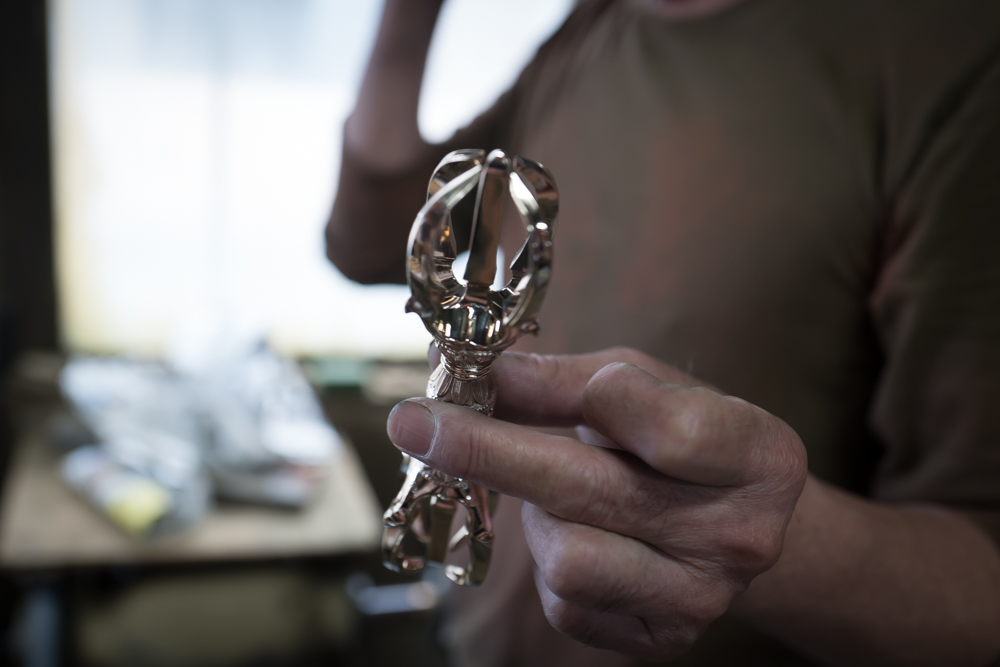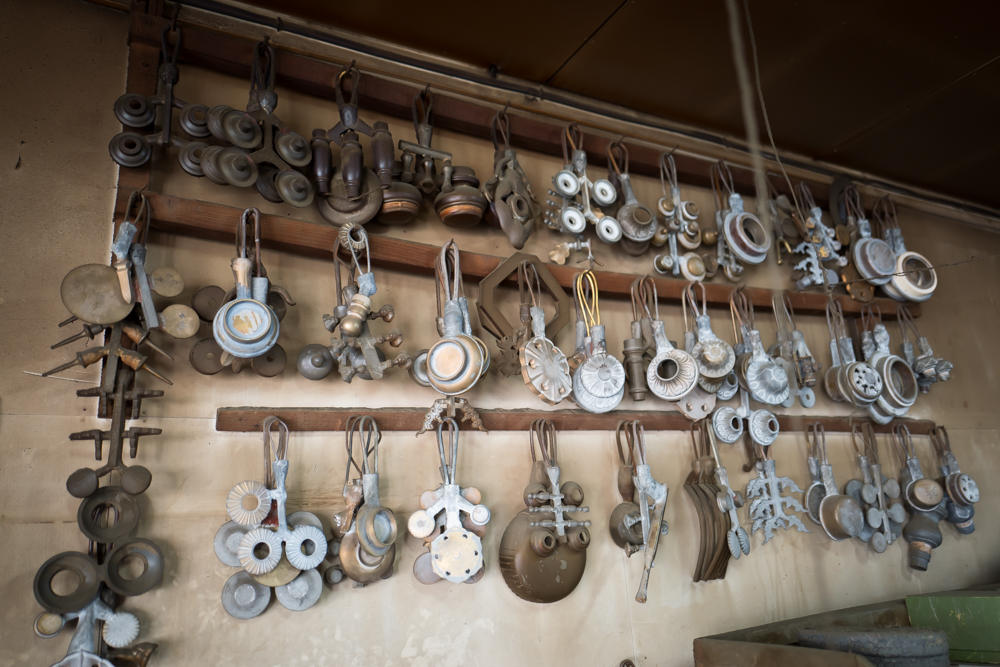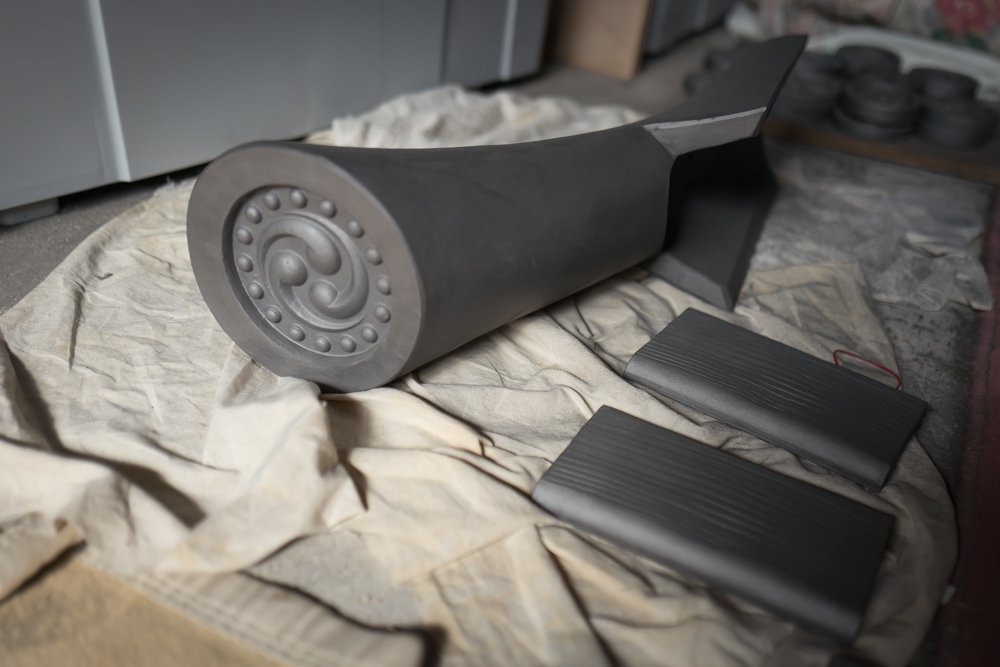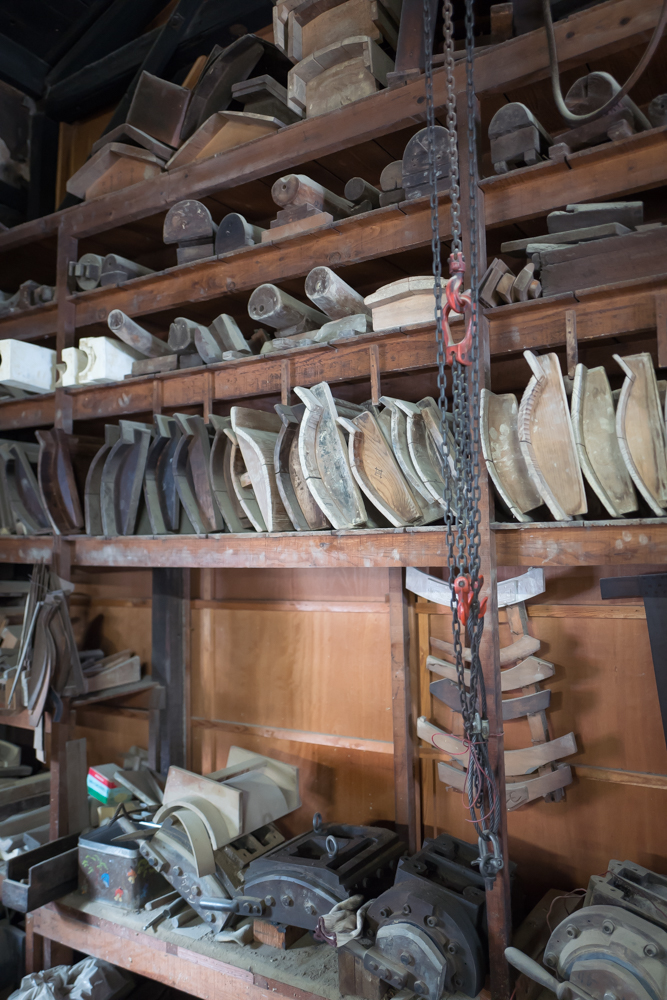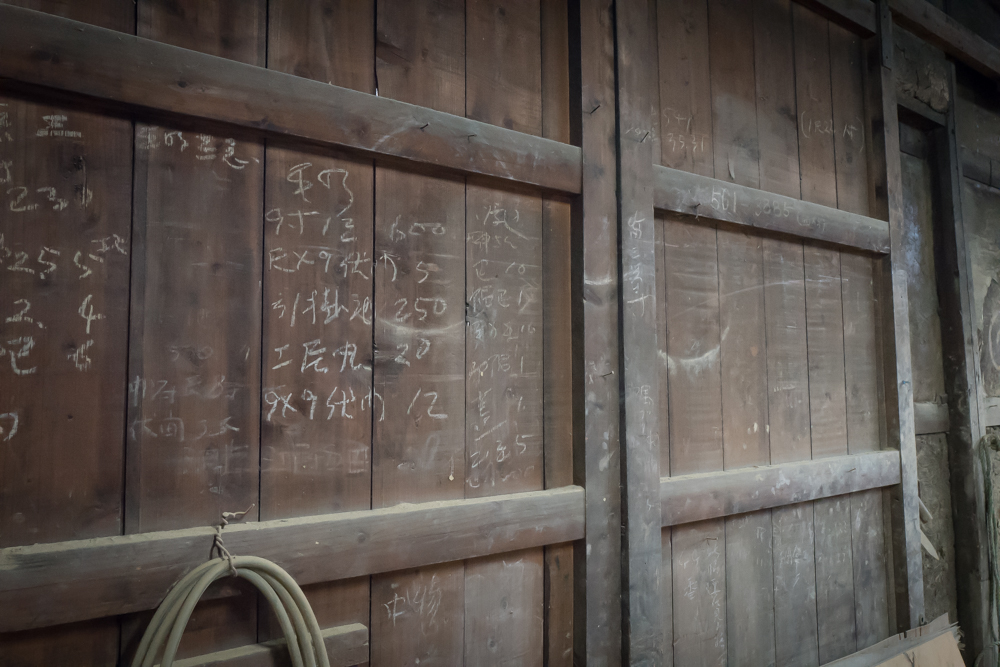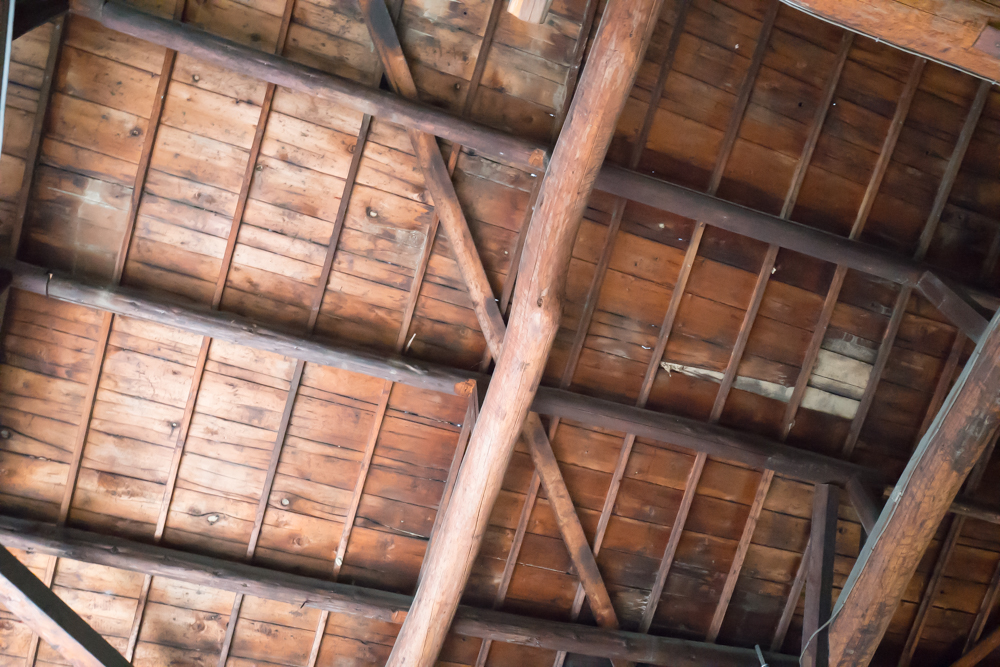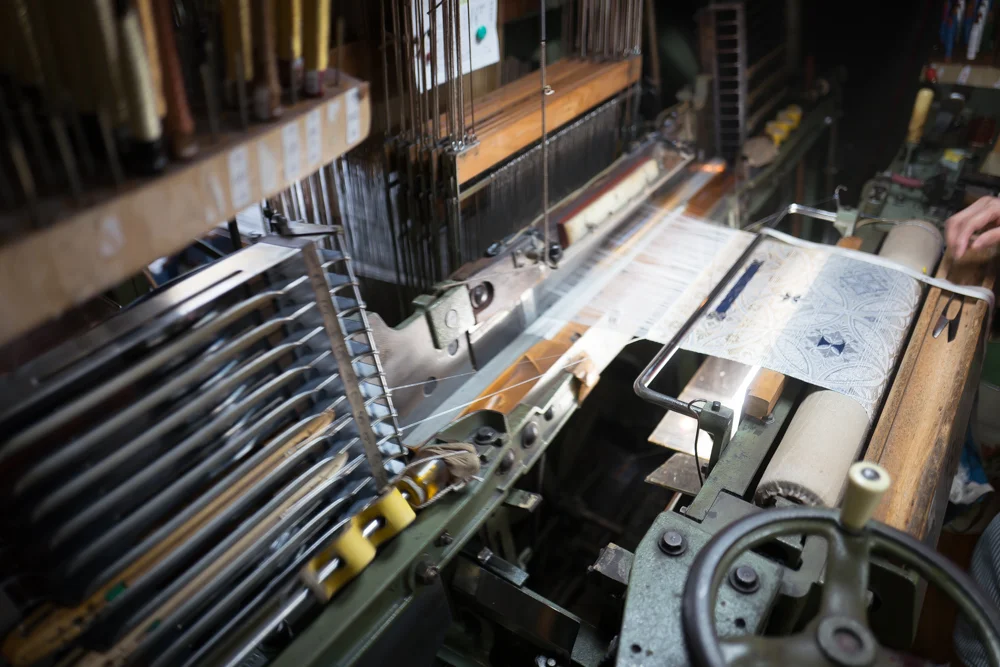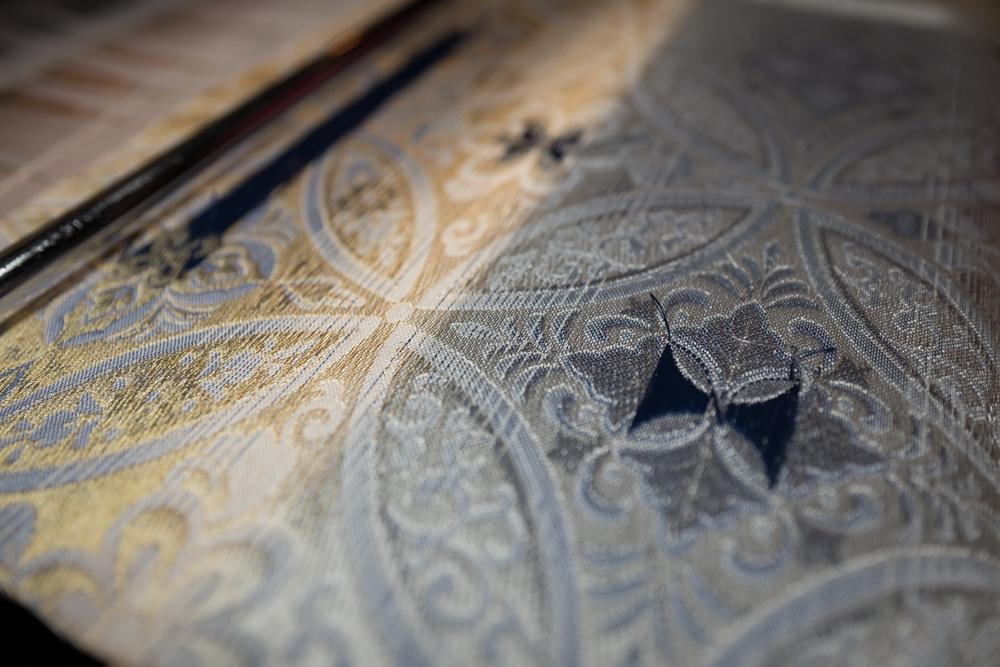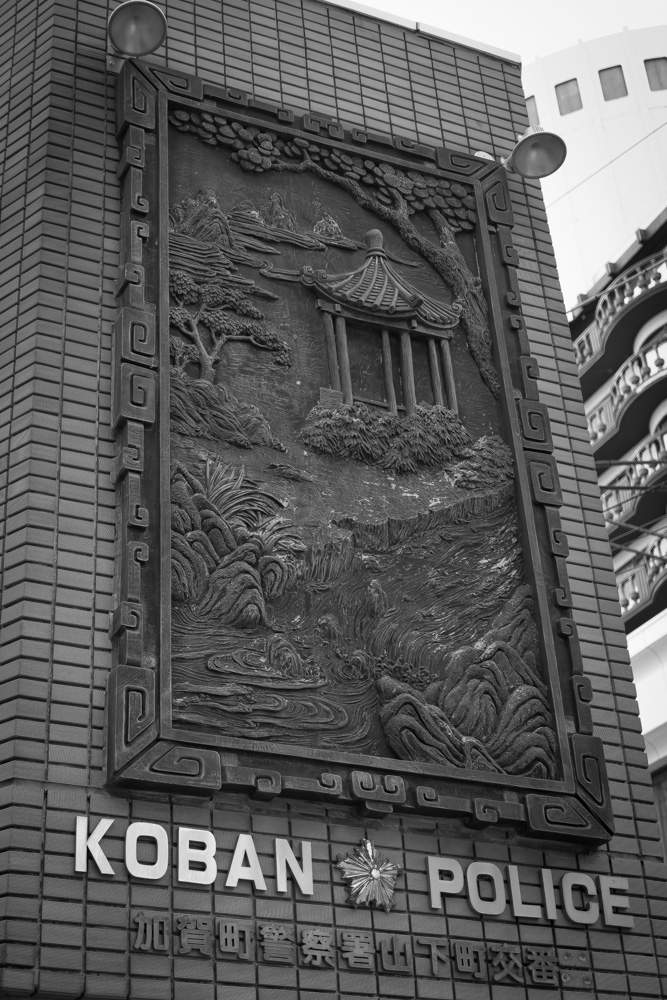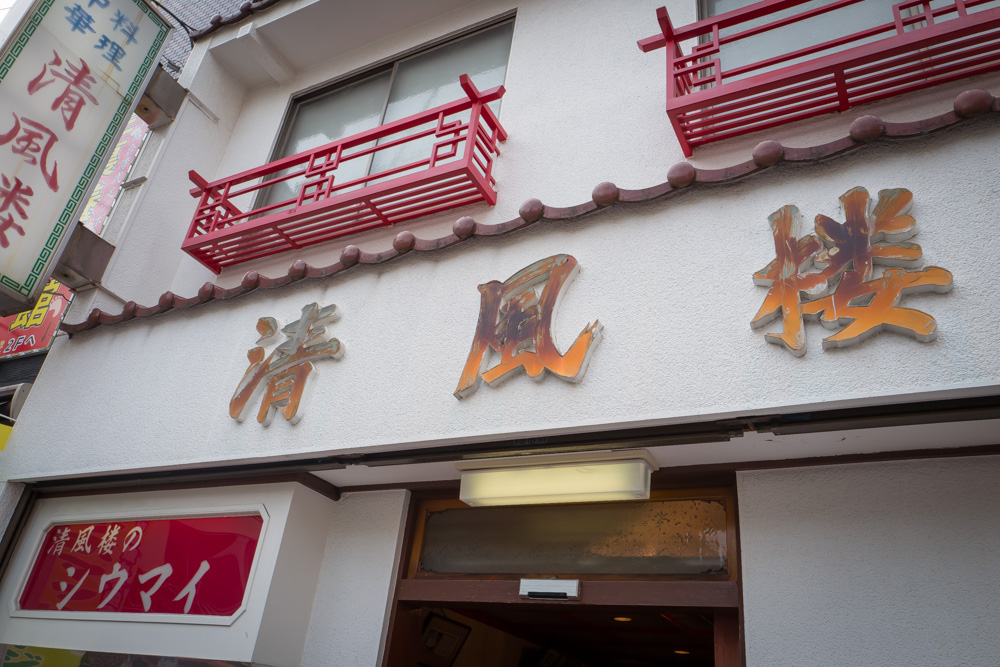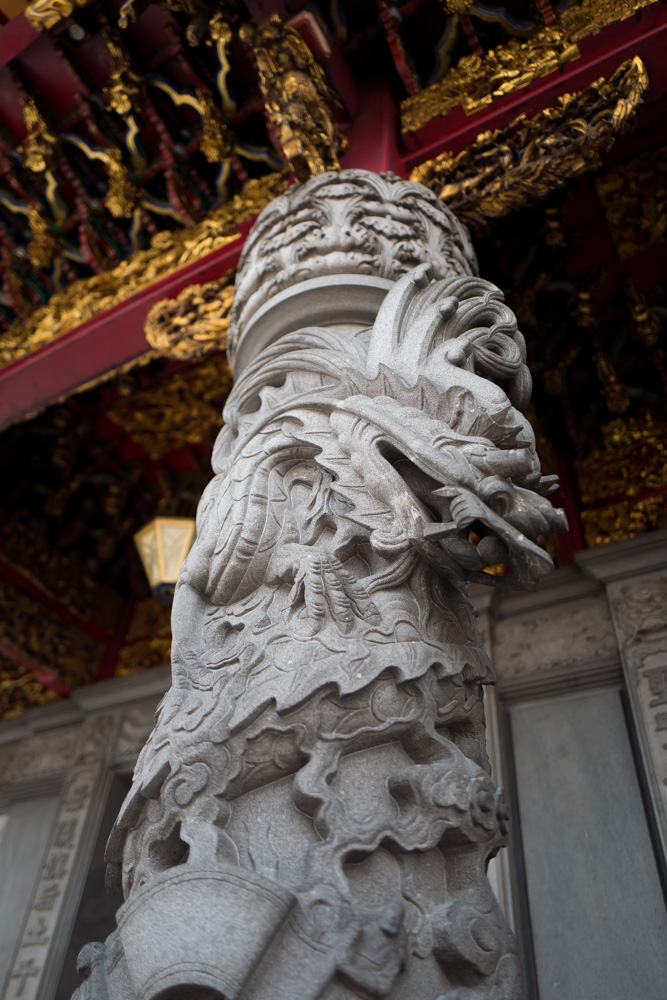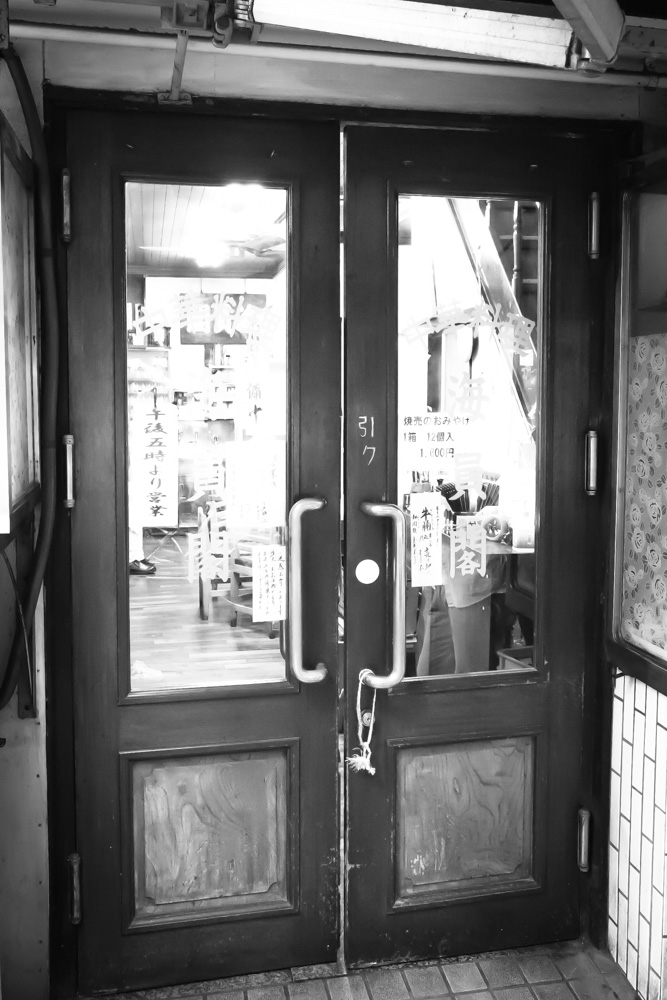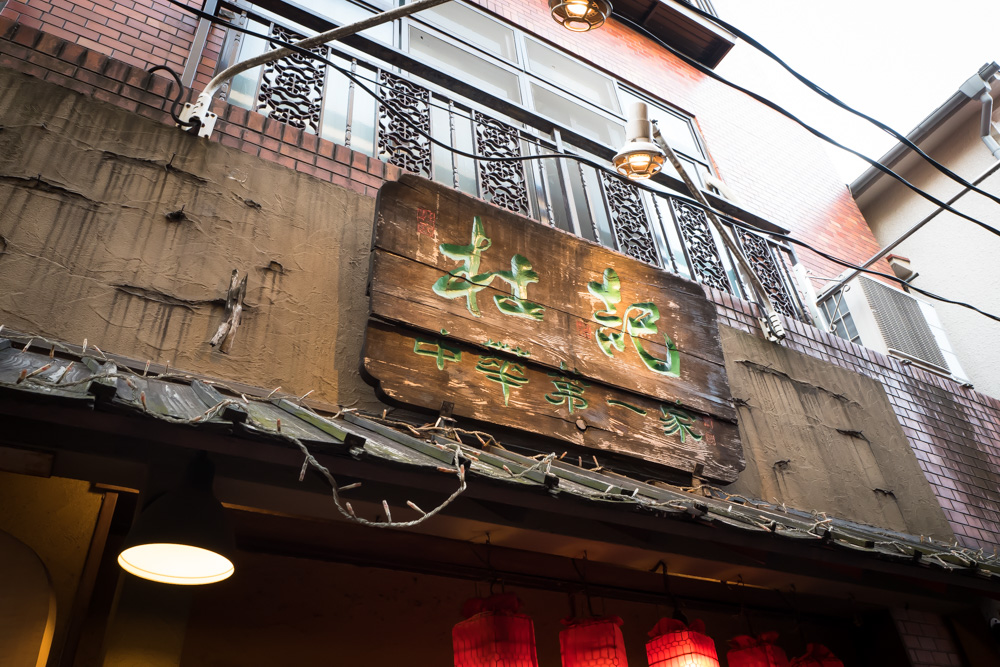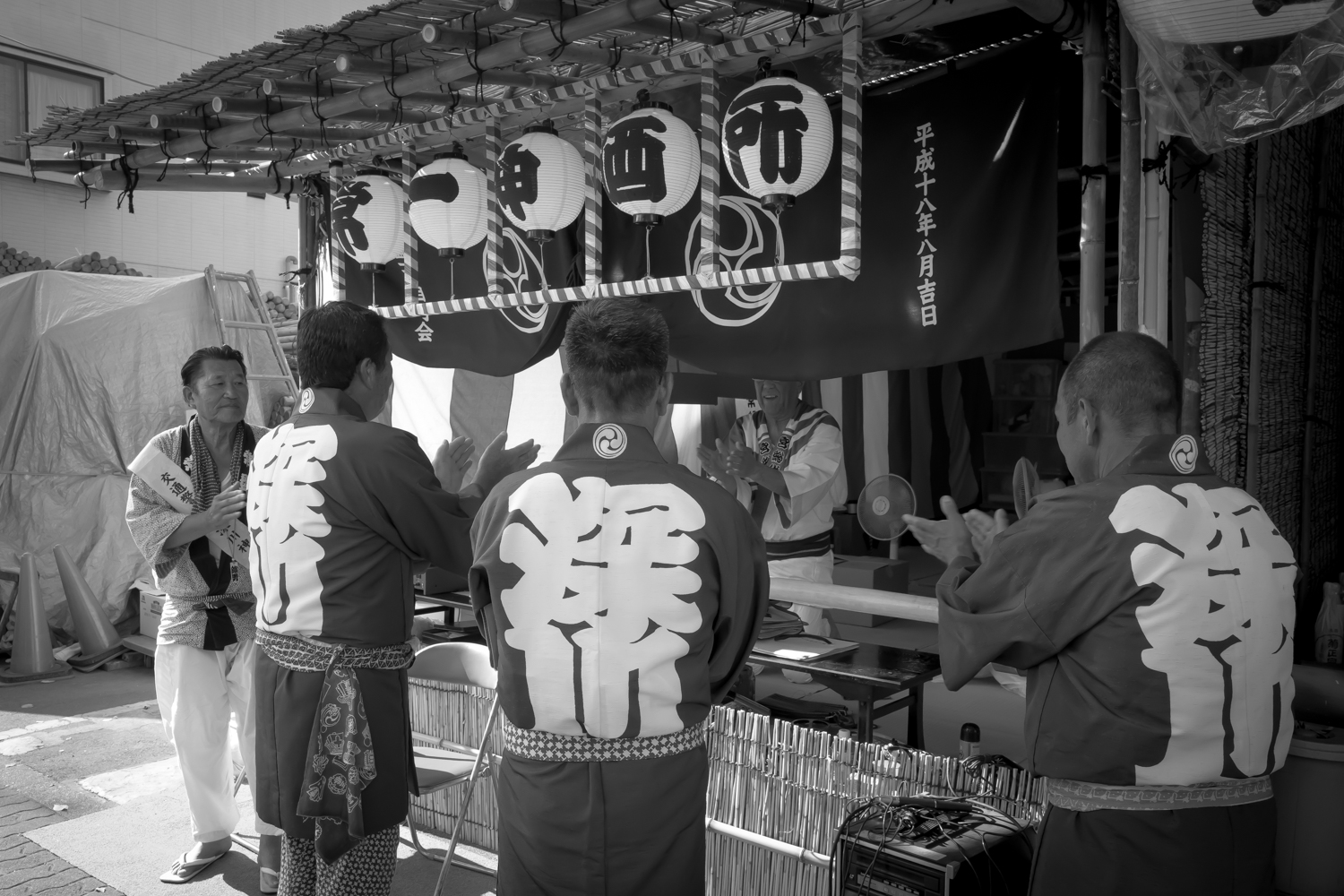I've had the famous Chateaux Laguiole Wine Opener for quite some time now, and I still love the design and practicality of the piece.
However, I was currently looking for a new knife for my daily use.
I was sent one today from France; a Laguole pocket knife!
I read some intriguing facts about this Laguiole knife during the purchase transaction process.
All these years, I thought Laguiole was the name of a brand in France...
Here is what Wikipedia says....
All laguiole knives feature a slim, sinuous outline. They are about 10 cm long when closed, with a narrow, tapered blade, steel backspring (slipjoint) and a high quality of construction. Traditionally the handle was made of cattle horn; however, nowadays other materials are sometimes used. These materials include French woods, exotic woods from all around the world, and fossilised mammoth ivory from Alaska or Siberia.
There is much mythology about the insect depicted on the catch. Some say it represents a fly or a horse-fly, something familiar to peasants in the rural Laguiole area, which is known for cattle breeding. The Laguiole catch is often referred to in French as "la mouche" ("the fly"), and one legend holds that the fly refers to the custom of cattle breeding in the Aveyron region. Another legend identifies the design as that of a bee, an imperial symbol, claiming that the design was granted by Napoleon in recognition of the courage of local soldiers.
There are about 109 production steps for a one-piece laguiole, about 166 for a two-piece one, and about 216 for a three-piece model.
The name Laguiole has since been used as a trademark designation for various other implements, so that one can now buy, for example, a "Laguiole" corkscrew, spoon, or steak-knife set.
You learn something every day!


































